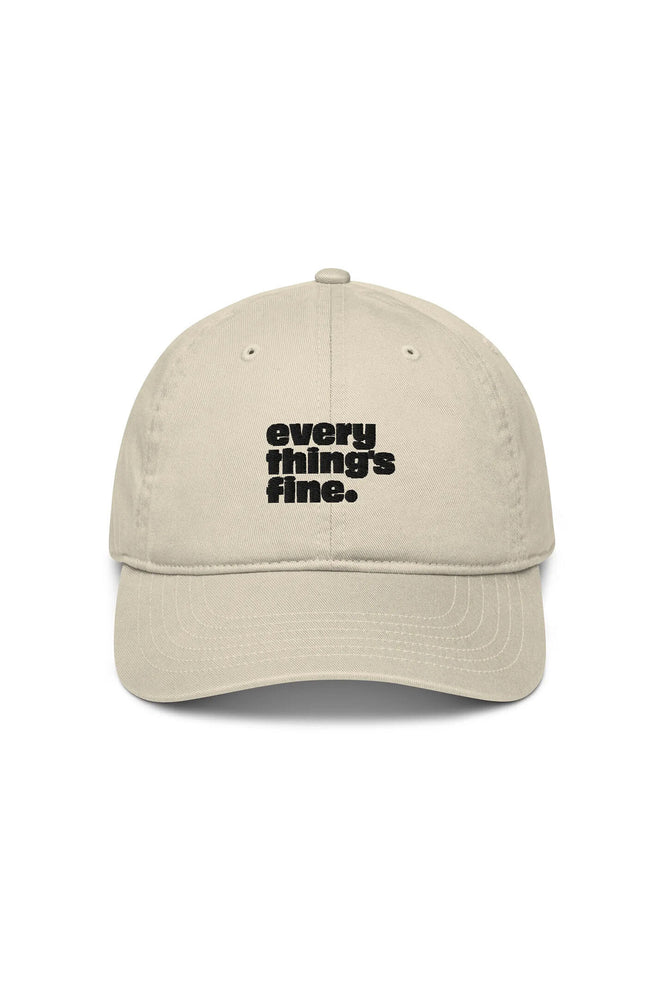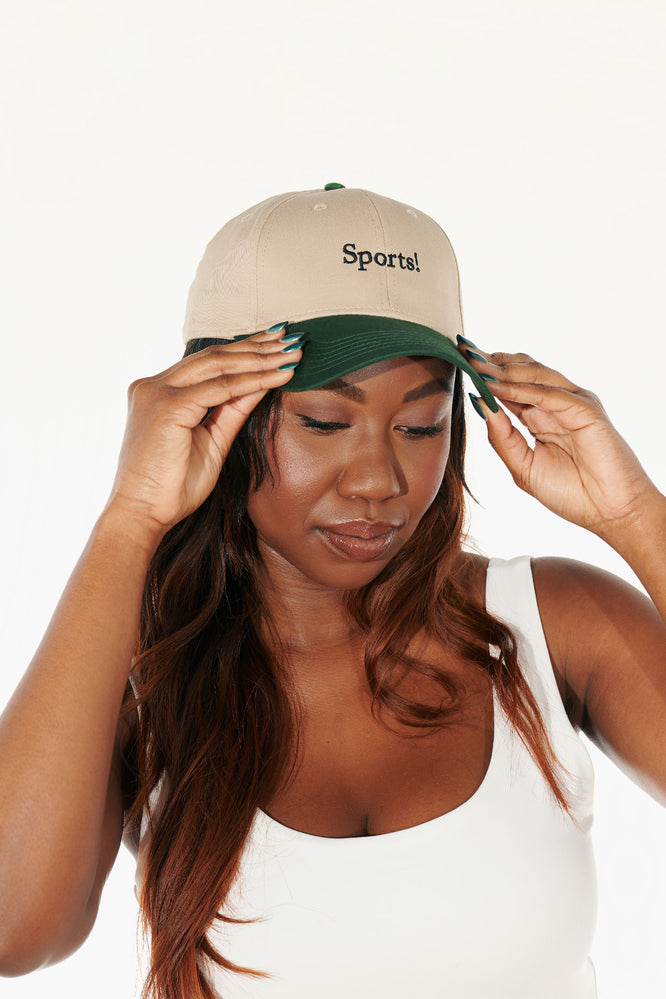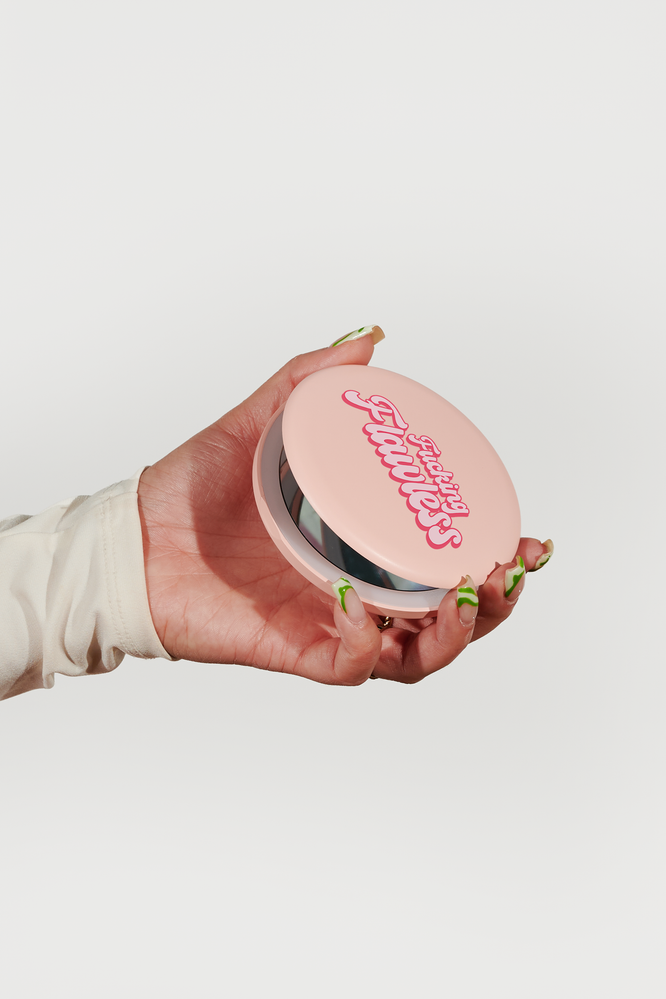It’s 2019, anxiety is a national pastime, and if you’re in your mid-to-late-twenties or beyond, it means you’re already worried about aging, which is probably not helping the situation. Now more than ever, there are options available to slow the formation of wrinkles, most intriguing among them being preventative Botox. In the procedure, smaller doses of Botox are used to relax fine lines so they will not become deeper and etched in over time. But injecting neurotoxins into your face also creates a stress of its own. Before you convince yourself everyone’s doing it and you should, too, read on for questions you should consider first.
Do I Have To Start Now?
My FBI agent has been working extra hard because every Ad on Hulu & social media is something to do w/ Botox or plastic surgery. I ain’t mad at em tho
— Cydney Kessler (@CydneyAg18) June 30, 2019
Preventative Botox has been shown to prevent signs of facial aging, but that doesn’t mean that it is a one size fits all treatment. “I have 22-year-old patients who could potentially benefit from it and 42-year-olds who may not,” says New York Dermatologist Dr. Dendy Engelman. “It’s more important to pay attention to your skin than your age.” Skin type, amount of sun exposure, and how expressive you are are a few contributing factors. Don’t inject anything into your face without first getting a clue as to where you need it. A good rule of thumb: see if your skin holds an expression line beyond when you’re making that expression. “Just because your friend or sister is doing it doesn’t mean you should,” says Engelman. She adds, “Even if it would be helpful, you may need it in a different part of your face than your friend for your best result.”
What Are The Risks?
Does botox help resting bitch face? Asking for a friend.
— Lady Disturbed ? PAX West (@lladydisturbed) June 30, 2019
The increased interest in Botox, especially among a younger clientele, has given rise to aesthetic bars, designed in the style of blowout bars. They make injections both accessible and nonthreatening, because you can order them off a menu in a less clinical-looking space. But be wary of being able to order your injections à la carte. “You may end up getting what you ordered, but that doesn’t mean you’ll like it,” warns Engelman. She notes patients often don’t understand the best method to get the look they want, which makes shopping around for an injector problematic for your face. But that’s nothing compared to the risk of nerve damage and (although extremely rare) blindness. So don’t lose sight of the fact that’s it’s still a procedure. Engelman expresses concern that injectors at aesthetic bars may be less skilled than doctors who are constantly trained in new techniques, have extensively studied facial anatomy, and can expertly guide you through all available treatment options.
Who Should I Go To?
one thing I love about the women in my generation is how transparent so many of us are about getting filler/Botox/plastic surgery – like yes go off get those smile lines filled honey get those new and improved titties and be proud of it
— it’s ya boy, uh… (@SierraMayhem) June 30, 2019
“Anything that makes you feel prettier can be addictive,” says Engelman. So, overdoing it is a possibility, especially if your injector is unlikely to tell you when enough is enough. If you start preventative Botox young, you should only need about two appointments a year, so be cautious of anyone who allows or suggests more. The best part about living in a time where people are open about their treatments? If you like someone’s look, you can probably just ask someone what they’re doing or who they’re seeing. Similarly, Instagram can be a great way to research a doctor’s particular aesthetic. But first, always check a doctor’s certifications: “Just because there’s an MD behind their name doesn’t mean they are necessarily an expert in the field,” advises Engelman. She recommends you go to a doctor who’s board certified in dermatology or plastic surgery (these specifications should be easy to find on their website). And ask to see their personal patient before-and-after images, not just theoretical results. They should have them. “You want to make sure you’re both on the same page,” says Engelman.
Is Botox What Even I Need?
Remember years ago when Nicole was getting a ton of shit for her Botox treatments and now she’s 52 looking 37 on Big Little Lies lmao pic.twitter.com/J2MQnXJjgZ
— Noah Cassiel (@NCassiel) July 1, 2019
Engelman says that young patients tend to come into her office asking about aggressive treatments when what they need is to focus on healthy skin care practices. She recommends getting into a prevention routine including antioxidants, a vitamin A derivative (aka a retinol or retin-A), and most importantly, SUNSCREEN. If you don’t protect your skin but you’re interested in Botox, “It’s a little like sitting in your pulmonologist’s office and smoking,” says Engelman. Studies show up to 90% of your skin’s aging is determined by UV radiation, which can come from the sun, infrared, or blue light. Translation: wear sunscreen 365 days a year, indoor and out, if you want to head off aging at the pass. See what an improvement it makes if you stick to a skin care routine for at least 8-12 weeks. It sounds simple, but you might be surprised at the results you get if you start taking care of your skin differently.
The amount of open discussion surrounding Botox and its widely increased availability makes it seem that the stigma surrounding injectables has all but disappeared. That is great. It was not healthy for us to believe that celebrities look the way they do year after year just because they drink a lot of water. It is great that, if you need intervention for something that you’re self-conscious about, you need not be insecure about the treatment as well. These “tweakments” are now an open beauty secret. But just like anything else, scrolling through your Instagram feed can make the lives and decisions of others feel more effortless than they actually are. Feeling like you have to change your look or freeze your face in time—because otherwise you will look out of place around the people you surround yourself with (on the internet or in real life)—is still a problem.
Images: NCassiel, SierraMayhem, lladydisturbed, CydneyAg18 / Twitter

















































